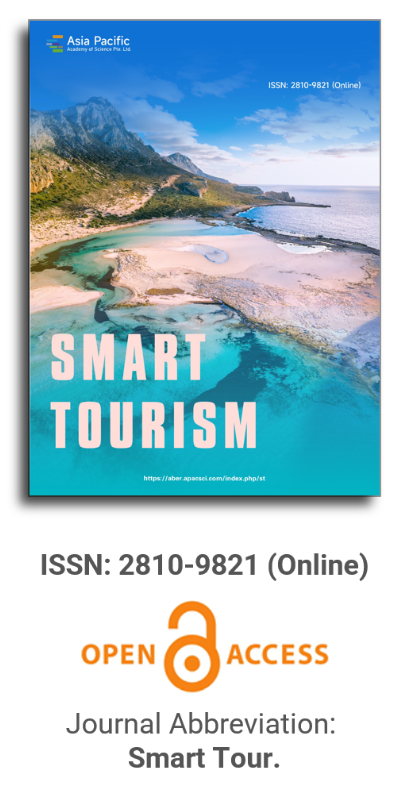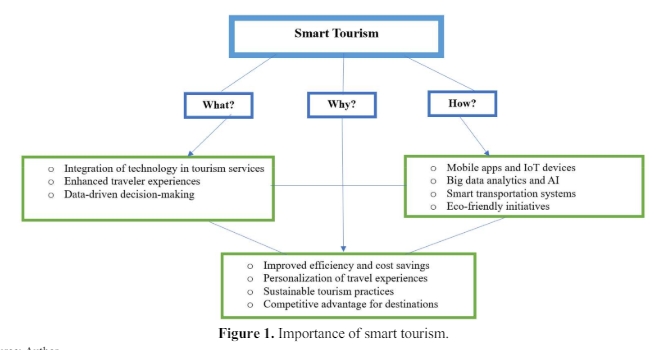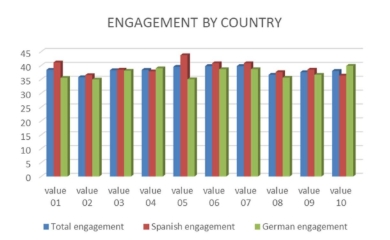


Identification and empowerment of capabilities and potentials in urban tourism with an approach to enhancing brand image and personality: A case study of Tabriz City
Vol 5, Issue 1, 2024
Download PDF
Abstract
This research focuses on identifying and enhancing the capabilities and potentials of urban tourism with the aim of improving the brand image and personality in Tabriz City. The research methodology, given its practical nature, is based on the analytical-survey method. The statistical population includes all city managers and experts in the tourism sector of Tabriz City. The data were analyzed using SPSS software, and the ANP and TOPSIS Fuzzy decision-making models were employed for prioritizing criteria. The results indicate that Tabriz City possesses exceptional tourism power, capacity, and potential. The examination of urban tourism capabilities and potentials in Tabriz demonstrates that its tourism capacity is particularly pronounced in the social, cultural, traditional, historical, and architectural domains. The social and cultural identity index of the city (celebrities, music) with a normalized weight of 0.0277, the presence of historical entities in the city with a normalized weight of 0.0274, the old context with traditional architecture (houses, mosques, etc.) with a normalized weight of 0.0272, great variety in souvenirs and food products with a normalized weight of 0.0271, creating a sense of belonging to a neighborhood among residents with a normalized weight of 0.0270, and special customs in the city (food styles, etc.) with a normalized weight of 0.0270 are among the most important indicators. Therefore, city managers and officials in the tourism sector of Tabriz should pay special attention to the social and cultural capacities and historical and architectural components to introduce Tabriz as a cultural and historical city at both the national and international levels. The tourism planning for Tabriz should be based on the city's cultural, architectural, and historical attractions.
Keywords
References
- Cave J, Jolliffe L. Urban tourism. In: Robinson P (editor). Tourism: The Key Concepts. Routledge; 2012. pp 268-270
- Ashworth G, Kavaratzis M. Beyond the logo: Brand management for cities. Journal of Brand Management. 2007, 16(8): 520-531. doi: 10.1057/palgrave.bm.2550133.
- Shirvani Dastgerdi A, De Luca G. Strengthening the city’s reputation in the age of cities: an insight in the city branding theory. City, Territory and Architecture. 2019, 6(1). doi: 10.1186/s40410-019-0101-4.
- Chris M. From Milan to Mecca: The world’s most powerful city brands revealed. Available online: https://www.theguardian.com/cities/gallery/2014/may/06/from-milan-to-mecca-the-worlds-most-powerful-city-brands-revealed (accessed on 6 March 2024).
- Placebrand. Place branding. Available online: http://www.placebrand.eu (accessed on 8 March 2024).
- Rainisto SK. Success Factors of Place Marketing: A Study of Place Marketing Practices in Northern Europe and the United States [PhD thesis]. Helsinki University of Technology; 2003.
- Belabas W, Eshuis J, Scholten P. Re-imagining the city: Branding migration-related diversity. European Planning Studies. 2020, 28(7): 1315-1332. doi: 10.1080/09654313.2019.1701290.
- Kotler P, Hamlin MA, Rein I, Haider DH. Marketing Asian Places: Attracting Investment, Industry, and Tourism to Cities, States and Nations. John Wiley & Sons; 2002.
- Gholipour A, Abuee Ardakan M, Peydayesh E. A study of key factors affecting the formation of internal city image along with effective urban branding (Persian). Journal of Fine Arts: Architecture and Urban Planning. 2011, 3(45): 39-48.
- Ryu K, Han H, Kim TH. The relationships among overall quick-casual restaurant image, perceived value, customer satisfaction, and behavioral intentions. International Journal of Hospitality Management. 2008, 27(3): 459-469. doi: 10.1016/j.ijhm.2007.11.001.
- Cheng JH, Lee CM, Tang CH. An application of fuzzy Delphi and fuzzy AHP on evaluating wafer supplier in semiconductor industry. WSEAS Transactions on Information Science and Applications. 2009, 6(5): 756-767.
Supporting Agencies
hasn.ahmadzade
Copyright (c) 2024 Hassan Ahmadzadeh, Majid Dadashpour Moghaddam
License URL: https://creativecommons.org/licenses/by/4.0

This site is licensed under a Creative Commons Attribution 4.0 International License (CC BY 4.0).

Prof. Hung-Che Wu
Nanfang College, Guangzhou
China
Indexing & Archiving
Asia Pacific Academy of Science Pte. Ltd. (APACSCI) specializes in international journal publishing. APACSCI adopts the open access publishing model and provides an important communication bridge for academic groups whose interest fields include engineering, technology, medicine, computer, mathematics, agriculture and forestry, and environment.



.jpg)
.jpg)

.jpg)

